-
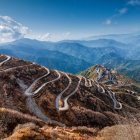 Take a Cool Break This Summer as BP-Guide Brings You the 10 Coolest and Most Mesmerizing Places to Visit in India in the Summers (2019)
Take a Cool Break This Summer as BP-Guide Brings You the 10 Coolest and Most Mesmerizing Places to Visit in India in the Summers (2019)
-
 This December Head to These Breathtaking Destinations: 11 Best Places to Visit in December in India (2019)
This December Head to These Breathtaking Destinations: 11 Best Places to Visit in December in India (2019)
-
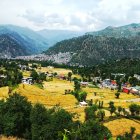 Head to North India This Summer: 8 Stunning Tourist Places in North India to Visit with the Family & 3 Romantic Destinations for Newly Weds (2020)
Head to North India This Summer: 8 Stunning Tourist Places in North India to Visit with the Family & 3 Romantic Destinations for Newly Weds (2020)
Glorious Kullu
If you love the hills, valleys, cold weather and adventure, Kullu is the place to be. Kullu is one of the most visited town in Himachal Pradesh, situated at an altitude of 1230 meters above sea level, a valley filled with exquisite views of mighty Deodar and Pine trees. One can enjoy the scenic beauty of Kullu and feel the presence of gods at the same time.
It is famous for it's rich religious traditions and culture. It has beautiful temples like the Raghunath Temple and Jagannathi Devi Temple which are frequently visited by tourists from all over the world. Visitors often pair Kullu and Manali together when they come to visit Himachal Pradesh.
Other majestic places you can visit are the Parvati valley, the Great Himalayan National Park, Pandoh Dam, Kasol, Bhunter and Rohtang Pass. Don't forget to plan trekking, mountaineering and river rafting while you visit. The best season to visit is from March to June but if you want to experience the festivals and celebrations in Kullu then the best time would be the winters.
The Gods' Favourite Valley
Kullu is also known as God's favourite valley. It got it's name from 'Kulant Peeth' meaning 'end of the habitable world'. It is said that Manu visited the valley during the great flood but could not cross it due to Rohtang pass therefore called it Kulant Peeth. He stayed in Manali (Manu's Place) and meditated there.
Kullu is also the only place mentioned in the Mahabharata, the Ramayana as well as the Vishnu Purana which makes it a place of great worship for Hindus. Unlike other religious places Kullu has its own deity and people here follow a unique religious culture unmatched by other places in India. You can also see beautiful, ancient large stone idols of Mahisasurmardini, Vishnu and Ganesha looking over the valley. Kullu is obviously blessed and the name god's valley is perfect for it.
Important Fairs and Events Held in Kullu
Celebrating Dussehra in Kullu
Celebration of Dussehra in Kullu is a mega event celebrated in Dhalpur. It is celebrated in October. The festival is visited by more than 5 lac people from all over the world. The event starts on the tenth day of the rising moon also known as 'Vijay Dashami' and continues for seven days.
According to the legends, a local King Jagat Singh installed an idol of Raghunath as an act of self punishment after which god Raghunath was taken as the deity of the Valley. Dussehra in Kullu has achieved the status of an international festival recognised by the state government.
History of Dussehra in Kullu
- Dussehra is a 10 day celebration in India which ends with the burning of effigies of Ravana but Kullu's Dussehra starts when it ends every where in India. It starts on the 10th day with the Rath Yatra of Raghunath ji. According to the stories, King Jagat Singh forced a peasant to hand over his pearls to him but the peasant threw himself in fire and cursed the king. To lift away the curse the king asked a brahim to bring the deity of Raghunath from Ayodhya, kingdom or Raam. The deity was brought to Kullu and installed there, the king drank it's charna mrit and the curse was lifted from him.
The event starts with a Rath Yatra where Raghunath is taken around the town on a chariot. He is worshiped during the seven day celebration. Dussehra celebration holds a special place in Kullu.
Grand Celebration of Dussehra
- The celebration of Dussehra continues for seven days in Kullu and is celebrated with great respect. The purpose of celebrating Dussehra is to remember that the good always wins over the evil. Various events and cultural programmes are organized during these seven days which adds glamour to the event. It is a great show of the rich culture, religious beliefs and heritage of the Kullu Valley. It is one of the most recommended events to visit if you are planning a trip to Kullu.
Events Observed During Dussehra in Kullu
Many different events are oraganized during Dussehra in Kullu but the most famous events are the Natti Dance, Rath Yatra, Jaleb, Muhalla and Lanka Dahan.
Lalhri Natti - the Famous Moonlight Dance
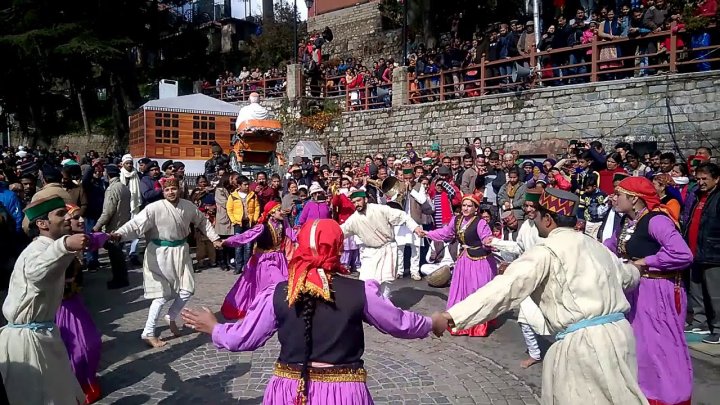
Lalhri Natti or the moonlight dance holds a special place in the celebrations of Dussehra. The Dhalpur ground is decorated with beautiful coloured tents, flowers etc and the gods and goddesses are dressed in colourful costumes decked with ornaments of gold and silver and are carried on the shoulders on the people as they dance away through the night.
Earlier the people used to dance all night basking in the moonlight but now due to good connectivity of roads people usually go back home at night and only the priests, event organizers, officials of gods and goddesses called Kardar stay over night in the tents.
Bali (Animal Sacrifice) Ritual
One of the events of the famous Dussehra in Kullu is the Bali (animal sacrifice) where traditionally goats, buffalos, ram etc were sacrificed on the last day of the event. The Bali was given by the member of the Raja's family after which Hidimba goes to her home with the head of the sacrificed animal.
The ritual of animal sacrifice was banned in 2014 due to the judgement passed by the High Court to save the animals but symbolic sacrifices still take place in the form of cutting coconuts as offerings to the gods.
Rath (Chariot) Procession
The rath yatra is the most awaited event of the year. The decorated horse of Narsingh guides the procession followed by the palanquins of gods and goddesses with a band of musicians playing traditional tunes. Bijli Mahadev and Hidimba are also a part of the procession followed by the members of the royal family, palanquin of Raghunath and Raja.
Various deities are included in the procession, the rath of Raghunath is kept at the Dhalpur ground and is decorated with ornaments. After completing the rituals the Raja and his family members, priests and the musicians circle the rath 5 or 7 times and Raja touches the rope attached to the Rath. The people shout slogans to praise the gods and the chariot is then taken to the centre of the ground and placed there for the rest of the days.
Jaleb
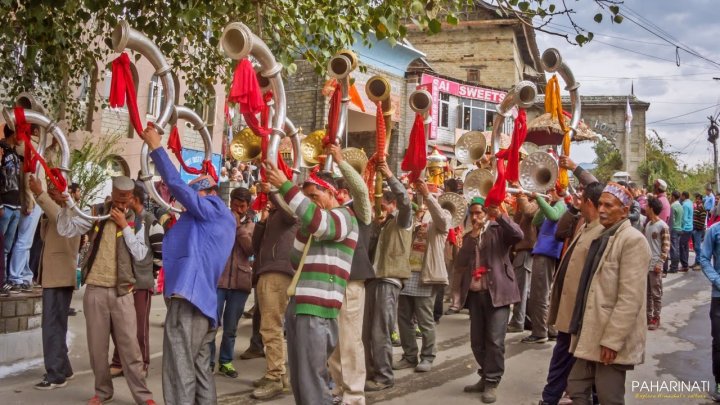
In this event the raja sits in his palanquin and starts a procession from his camp accompanied by a couple of gods and godesses with him. The horse of Narsingh leads the procession and brings them to the Dhalpur ground. The procession is welcomed by blowing of blow pipes and ransingha. This procession is taken out for the first six days of the celebration.
Muhalla
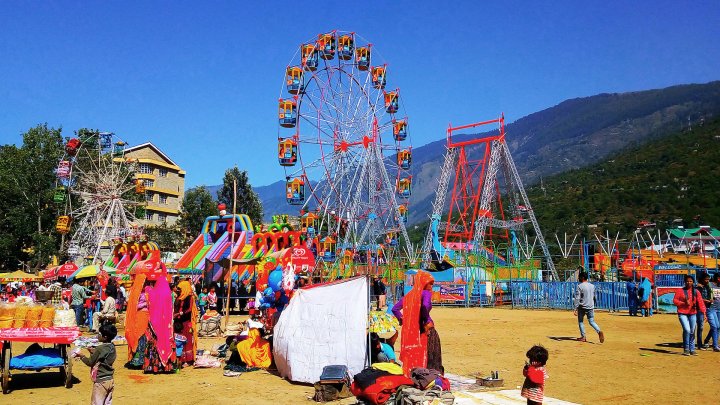
Muhalla is celebrated on the second last day of the Dussehra celebration. This is one of the most fun days of Dussehra when a huge fair is organized and is carried through the night. People from all over Kullu come to see the fair. It is said that all the gods and goddesses come to visit Raghunath on this day to pay their respects. The most attractive event of the night is the dance of Chandravali in front of the Raghunath temple and people of the community act out the dance of Krishna with his gopis with great enthusiasm. It is an eventful night.
Lanka - Dahan
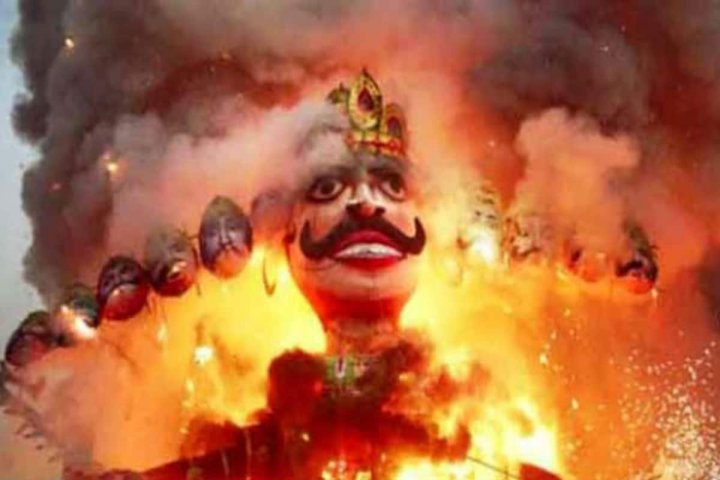
The grand finale of Dussehra festivities is the Lanka Dahan. It is done of the seventh day of Dussehra when the gods and goddesses return home. According to the rituals the Raja is invited to participate in Lanka Dahan, he circles the rath which is then brought near river Beas and some bushes are burnt symbolising Lanka Dahan. The celebration of the world famous Kullu Dussehra ends with Lanka Dahan.
How to Reach Kullu
Being one of the most visited tourist places in India Kullu is well connected. The nearest airport is the Kullu Manali airport. Air India regional flights from Delhi and back and Deccan connects Kullu to Chandigarh.
Kullu is around 522km from Delhi via Ambala, Ropar, Chandigarh, Bilaspur and Mandi. Himachal Pradesh Tourism Development Corporation and other private agencies provide good bus services to reach Kullu.
The closest railway stations are Shimla, Joginder Nagar, Pathankot and Chandigarh with most of the trains available from Chandigarh.
Other Things to See While You Visit Kullu
Since you are already in the beautiful Valley of Kullu there are other places you can visit while enjoying the Dussehra festivities.
Friendship Peak
Friendship peak is in the Pir Panjal range in Himachal Pradesh. It is a heaven for the trekkers. You can view the Dhauladhar and the Himalayan rages from the peak. It passes through Solang Valley crossing forests and green alpine meadows with gushing streams.
The famous Friendship Peak is situated at an elevation of 2,050 meters and the trek starts from Solang, it takes a couple of hours to reach Manali to Solang. The trek takes you uphill till Bakarthach (3050m) and you can enjoy dense forests and green valleys on the way. It continues to the base camp 1 & II of the Friendshiop Peak. Once you reach camp II you can start climbing over the thick, fluffy snow to the summit. The trek brings you downhill to Bakarthach through Solang till Manali.
Friendship peak is one of the most famous summits for trekking in the country but if you are a beginner then you should not start your trekking expedition from this peak. One needs high level of fitness to complete the trek. You should also avoid this trek if you are not able to acclimatized at high altitudes.
Pandoh Dam
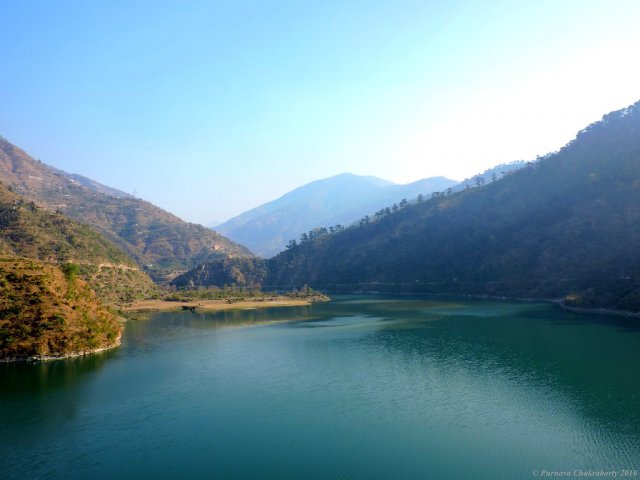
The Pandoh Dam was built in 1977 as a hydroelectric power generator. It is around 10km from Manali and is situated between the hills and forests and serves as a beautiful place to take memorable pictures. One of the major attraction of the dam is to watch the water being released but you have to reach there in time for that. Watching a gush of blue greenish water flowing through the dam is majestic, you can also see beautiful water birds while visiting the dam.
The dam diverts water from river Beas through 38km long tunnels and is released into river Sutlej where it is used to generate power at the Dehar Power House. A man made Pandoh Lake is situated near the dam but swimming or boating is not allowed in it due to security reasons. The best time to visit the dam is between April to July and September to December.
Parvati Valley Trek
If you are tired of the hustle and bustle of metro cities, head out to Parvati Valley. It is the most recommended place to visit when you are in Himachal Pradesh. It is about 8km from Bhuntar and is a perfect place to attain peace and breathe in fresh, crisp mountain air and tantalizing smell of delicious Israeli cusine is an added advantage of visiting Parvati Valley. The place is also called the 'Amsterdam of India' because of the smell of burning herbs which helps you live that hippie life you always wanted to experience.
Kasol, Tosh, Malana and Chala are some of the top villages visited by tourists from all over the world. These places are know for their natural beauty as well as the cultivation of Cannabis (Malana cream) which is high in demand by those who want to get lost in the wilderness of the Valley.
If you are a foodie at heart you are in luck as a good numbers of Israelis have settled in the Valley and serve great mid-western dishes, you'll get to eat a lot of meat, fish blended with perfection with middle eastern sauces.
During the peak seasons you can enjoy great music festivlas and rave parties through out the night which is influenced by the foreign visitors around the globe. It is recommended to hire a professional guide before you start your trek in the valley due to dense forests that aren't always easy to navigate.
Great Himalayan National Park
The Great Himalayan National Park (GHNP) is in Kullu, Himachal Pradesh at an altitude of 1500 to 6000 meters. It was declared a National Park in 1999 and covers an area of 754.4sq kms. It is one of the most travelled places in India for the people who love to enjoy wildlife and natural beauty. It is spread across four valleys with exquisite scenic beauty. You can see a wide variety of endemic and exoctic flora and fauna while visiting the park.
It houses some on the world's endagered species in the world like the Himalayan Musk Deer, and Snow Leopard (as per IUCN categorization). You can trek for 35 to 45kms into the altitude habitat which is around 3500m and above of animals as blue sheep, Himalayan brown bear, Himalayan tahr and musk deer. You can see these animals during September - November as the seasonal migration starts around this time to the lower altitudes.
You have to pay and entry fee to get into the park and extra fees is charged for cameras and video filming. Indian nationals pay lesser than the foreigners. There are rules to be followed during trekking in the park to maintain security in the park.
-
 Take a Cool Break This Summer as BP-Guide Brings You the 10 Coolest and Most Mesmerizing Places to Visit in India in the Summers (2019)
Take a Cool Break This Summer as BP-Guide Brings You the 10 Coolest and Most Mesmerizing Places to Visit in India in the Summers (2019)
-
 Planning to Take a Break from the Scorching Indian Heat this Summer? Here are our Best Places to Visit in India in Summers (2019)
Planning to Take a Break from the Scorching Indian Heat this Summer? Here are our Best Places to Visit in India in Summers (2019)
-
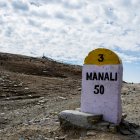 10 Best Places to Visit in Manali: Experience the Serenity and Beauty of this Mesmerizing Himachal Hill Station (2019)
10 Best Places to Visit in Manali: Experience the Serenity and Beauty of this Mesmerizing Himachal Hill Station (2019)
-
 The 10 Best Places to Visit When You are in Leh Ladakh: Be Mesmerised By the Beauty of India's Newest Union Territory (2019)
The 10 Best Places to Visit When You are in Leh Ladakh: Be Mesmerised By the Beauty of India's Newest Union Territory (2019)
-
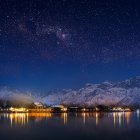 Your Travel Bucket List Cannot Be Complete without a Visit to Heavenly Kashmir! 10 Best Places to Visit in Kashmir (2019)
Your Travel Bucket List Cannot Be Complete without a Visit to Heavenly Kashmir! 10 Best Places to Visit in Kashmir (2019)

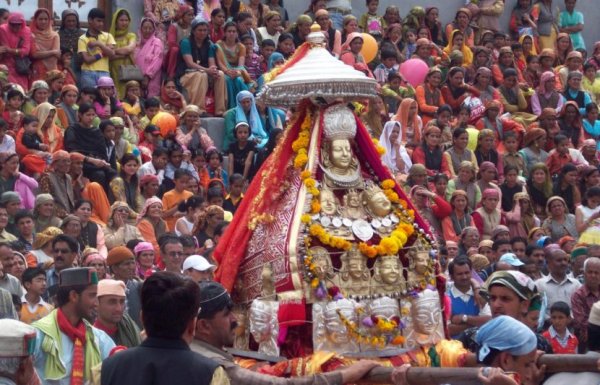

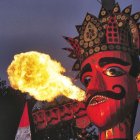

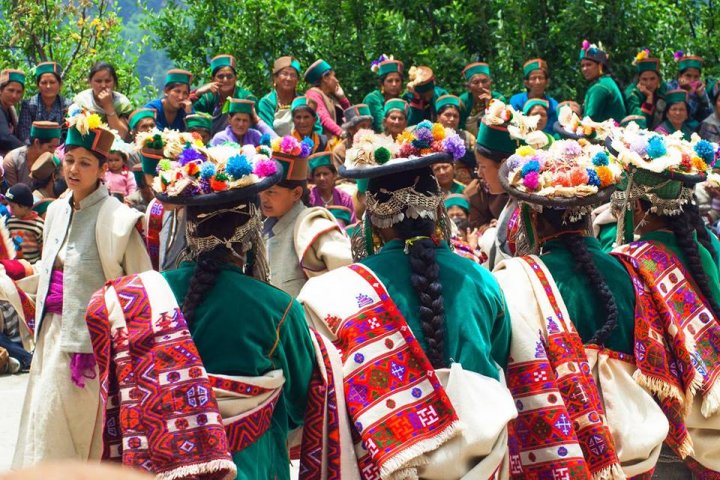

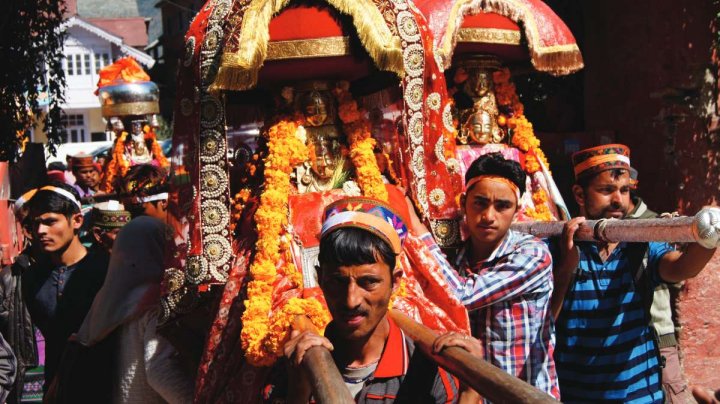


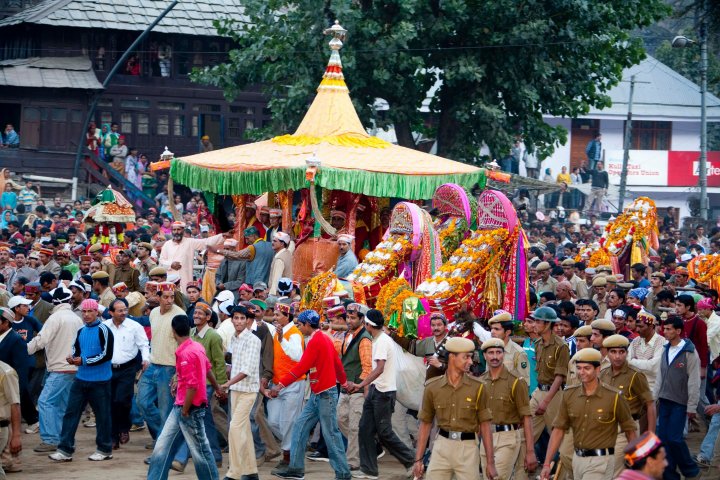
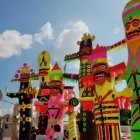
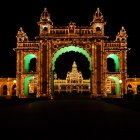
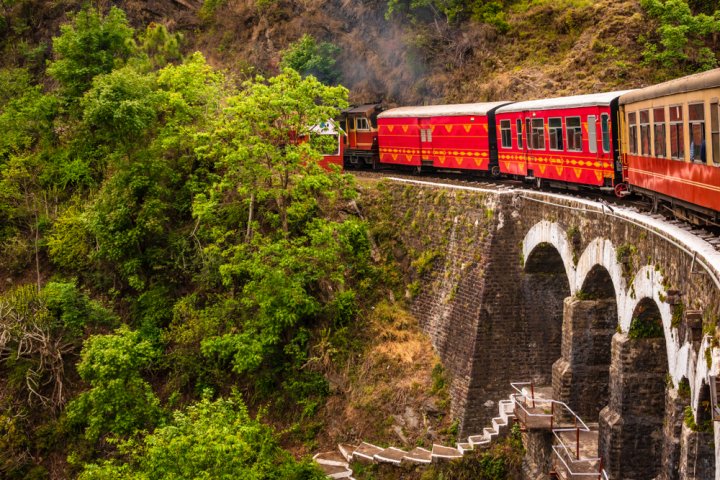

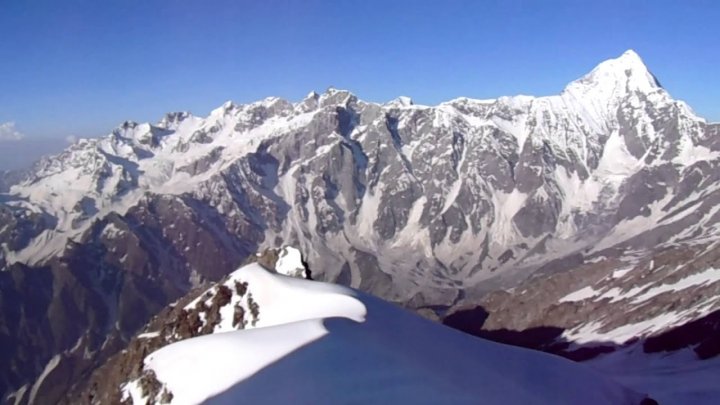

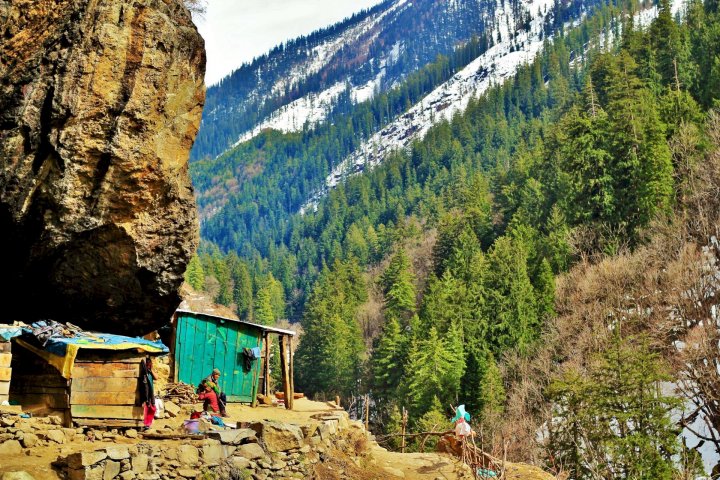
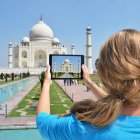
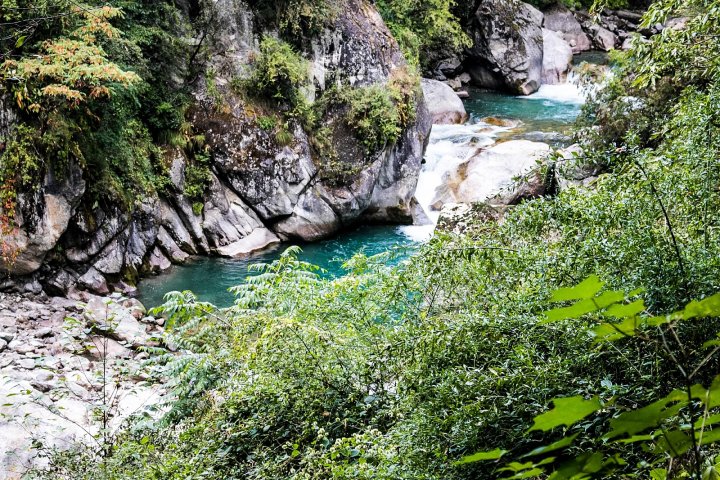
 Highlight the Best Facets of Your Incomparable Beauty: Discover the Best Face Highlighter Currently Available in India and Everything You Need to Know About Using Face Highlighters for Maximum Effect (2023)
Highlight the Best Facets of Your Incomparable Beauty: Discover the Best Face Highlighter Currently Available in India and Everything You Need to Know About Using Face Highlighters for Maximum Effect (2023)
 Forget the Blemishes and Get that Picture Perfect Flawless Radiance on Your Face: Check out the Best Foundations for Oily Skin Currently Available in India and Everything You Need to Know About Makeup Foundations (2023)
Forget the Blemishes and Get that Picture Perfect Flawless Radiance on Your Face: Check out the Best Foundations for Oily Skin Currently Available in India and Everything You Need to Know About Makeup Foundations (2023)
 Make Your Presence Felt Wherever You Go: Discover the Best Perfumes Under 2000 for Both Men and Women to Announce Your Arrival and Make Any Occasion Memorable (2023)
Make Your Presence Felt Wherever You Go: Discover the Best Perfumes Under 2000 for Both Men and Women to Announce Your Arrival and Make Any Occasion Memorable (2023)
 Protect Your Oily Skin from the Harmful Rays of the Sun: Discover the Best Gel Based Sunscreens for Oily Skin and Everything You Need to Know Before Buying One (2023)
Protect Your Oily Skin from the Harmful Rays of the Sun: Discover the Best Gel Based Sunscreens for Oily Skin and Everything You Need to Know Before Buying One (2023)
 Minor Blemishes and Wrinkles Affecting Your Confidence? Check out the Best BB Creams to Conceal Your Worries and Nourish Your Skin to Restore the Healthy, Radiant and Glowing Complexion Back Again (2023)
Minor Blemishes and Wrinkles Affecting Your Confidence? Check out the Best BB Creams to Conceal Your Worries and Nourish Your Skin to Restore the Healthy, Radiant and Glowing Complexion Back Again (2023)
